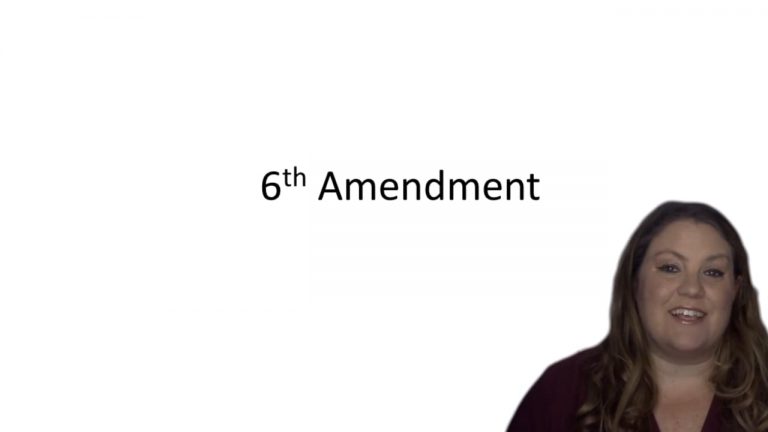SmartBrief
Confirm favorite deletion?
Criminal Procedure Keyed to Miller
State v. Leonard Peart
Citation:
621 So. 2d 780 (La. 1993)Facts
Peart (defendant) was charged with armed robbery, aggravated rape, aggravated burglary, attempted armed robbery, and first-degree murder. Because Peart was indigent, the trial court appointed Rick Teissier, a public defender, to represent him. Teissier had an excessive caseload, handling 70 active caseloads at the time he was assigned to Peart’s case. The Orleans Indigent Defender Program (OIDP) only had enough funds to hire three investigators to provide assistance in more than 7,000 cases per year, and there were no funds for expert witnesses.
The trial court found Teissier was not able to provide his clients with reasonably effective assistance of counsel because of the conditions affecting his work. The judge ordered Teissier’s caseload reduced, and ordered the legislature to provide funding for an improved library and for an investigator for Teissier. The judge also ordered the legislature to provide funds to OIDP to pay for additional attorneys, secretaries, paralegals, law clerks, investigators, and expert witnesses.
Only StudyBuddy Pro offers the complete Case Brief Anatomy*
Access the most important case brief elements for optimal case understanding.
*Case Brief Anatomy includes: Brief Prologue, Complete Case Brief, Brief Epilogue
- The Brief Prologue provides necessary case brief introductory information and includes:
Topic:
Identifies the topic of law and where this case fits within your course outline.Parties:
Identifies the cast of characters involved in the case.Procedural Posture & History:
Shares the case history with how lower courts have ruled on the matter.Case Key Terms, Acts, Doctrines, etc.:
A case specific Legal Term Dictionary.Case Doctrines, Acts, Statutes, Amendments and Treatises:
Identifies and Defines Legal Authority used in this case.
- The Case Brief is the complete case summarized and authored in the traditional Law School I.R.A.C. format. The Pro case brief includes:
Brief Facts:
A Synopsis of the Facts of the case.Rule of Law:
Identifies the Legal Principle the Court used in deciding the case.Facts:
What are the factual circumstances that gave rise to the civil or criminal case? What is the relationship of the Parties that are involved in the case.Issue(s):
Lists the Questions of Law that are raised by the Facts of the case.Holding:
Shares the Court's answer to the legal questions raised in the issue.Concurring / Dissenting Opinions:
Includes valuable concurring or dissenting opinions and their key points.Reasoning and Analysis:
Identifies the chain of argument(s) which led the judges to rule as they did.
- The Brief Prologue closes the case brief with important forward-looking discussion and includes:
Policy:
Identifies the Policy if any that has been established by the case.Court Direction:
Shares where the Court went from here for this case.
Topic Resources
Topic Outline

 4m 2s
4m 2s